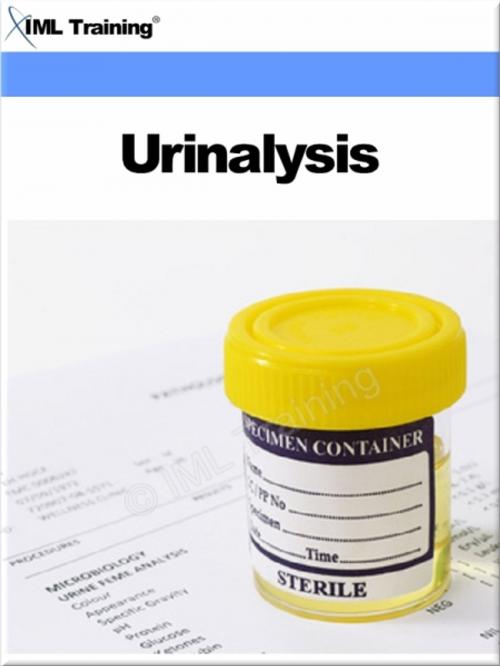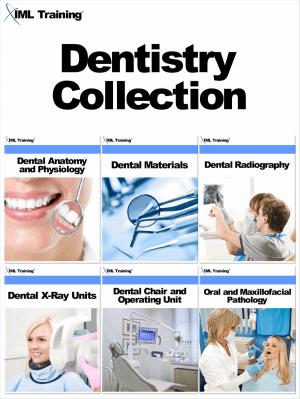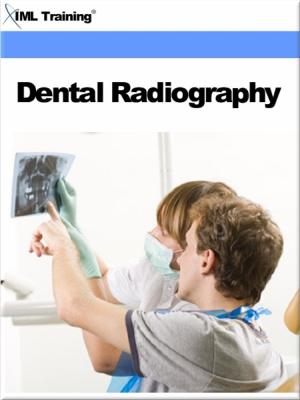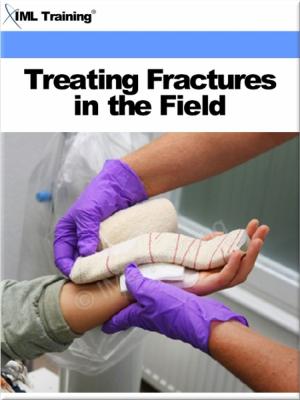Urinalysis (Microbiology and Blood)
Includes Collection, Preservation of Specimens, Macrocopic, Urine, Urea, Physical Examination, Chemical Measures, Microscopic Examination, Preparation, Illumination, Stained Urinary Sediment, and Using the Sternheimer-Malbin Stain
Nonfiction, Health & Well Being, Medical, Medical Science, Microbiology| Author: | ISBN: | 9781782581017 | |
| Publisher: | IML Training | Publication: | January 14, 2013 |
| Imprint: | IML Training | Language: | English |
| Author: | |
| ISBN: | 9781782581017 |
| Publisher: | IML Training |
| Publication: | January 14, 2013 |
| Imprint: | IML Training |
| Language: | English |
Urinalysis
Due in part to the development of multiple reagent strips (dipstix) for urinalysis, more laboratory tests are now performed each year on urine than on any other body fluid. A typical urinalysis includes tests for glucose, protein, pH, ketone bodies, bilirubin, occult (unseen) blood, urobilinogen, and specific gravity and microscopic examination of urinary sediment. Many common abnormalities can be recognized by urine studies. Urine tests are the method of choice to monitor the treatment of diabetes.
Urine is an excretion product, but it is usually clean and sterile. Its chief components are urea, sodium chloride, and water. The stench of stale urine is largely due to the decomposition of urea to ammonia by bacteria. The odor of fresh urine is not unpleasant to most persons. Urine is not a significant source of infection. The disagreeable characteristics arising from decomposition can usually be avoided.
This course will focus on the analysis of urine. The contents of the text will present and discuss the topics outlined above.
This course is part of our Microbiology and Blood series.
Includes a questions and answers section at the end of each lesson.
Full illustrations and diagrams included.
Lessons:
- The Collection and Preservation of Specimens; Macroscopic and Physical Examination of Urine
- Chemical Measures
- The Microscopic Examination of Urinary Sediment
Due in part to the development of multiple reagent strips (dipstix) for urinalysis, more laboratory tests are now performed each year on urine than on any other body fluid. A typical urinalysis includes tests for glucose, protein, pH, ketone bodies, bilirubin, occult (unseen) blood, urobilinogen, and specific gravity and microscopic examination of urinary sediment. Many common abnormalities can be recognized by urine studies. Urine tests are the method of choice to monitor the treatment of diabetes.
Urine is an excretion product, but it is usually clean and sterile. Its chief components are urea, sodium chloride, and water. The stench of stale urine is largely due to the decomposition of urea to ammonia by bacteria. The odor of fresh urine is not unpleasant to most persons. Urine is not a significant source of infection. The disagreeable characteristics arising from decomposition can usually be avoided.
This course will focus on the analysis of urine. The contents of the text will present and discuss the topics outlined above.
This course is part of our Microbiology and Blood series.
Includes a questions and answers section at the end of each lesson.
Full illustrations and diagrams included.
Lessons:
- The Collection and Preservation of Specimens; Macroscopic and Physical Examination of Urine
- Chemical Measures
- The Microscopic Examination of Urinary Sediment
Urinalysis
Due in part to the development of multiple reagent strips (dipstix) for urinalysis, more laboratory tests are now performed each year on urine than on any other body fluid. A typical urinalysis includes tests for glucose, protein, pH, ketone bodies, bilirubin, occult (unseen) blood, urobilinogen, and specific gravity and microscopic examination of urinary sediment. Many common abnormalities can be recognized by urine studies. Urine tests are the method of choice to monitor the treatment of diabetes.
Urine is an excretion product, but it is usually clean and sterile. Its chief components are urea, sodium chloride, and water. The stench of stale urine is largely due to the decomposition of urea to ammonia by bacteria. The odor of fresh urine is not unpleasant to most persons. Urine is not a significant source of infection. The disagreeable characteristics arising from decomposition can usually be avoided.
This course will focus on the analysis of urine. The contents of the text will present and discuss the topics outlined above.
This course is part of our Microbiology and Blood series.
Includes a questions and answers section at the end of each lesson.
Full illustrations and diagrams included.
Lessons:
- The Collection and Preservation of Specimens; Macroscopic and Physical Examination of Urine
- Chemical Measures
- The Microscopic Examination of Urinary Sediment
Due in part to the development of multiple reagent strips (dipstix) for urinalysis, more laboratory tests are now performed each year on urine than on any other body fluid. A typical urinalysis includes tests for glucose, protein, pH, ketone bodies, bilirubin, occult (unseen) blood, urobilinogen, and specific gravity and microscopic examination of urinary sediment. Many common abnormalities can be recognized by urine studies. Urine tests are the method of choice to monitor the treatment of diabetes.
Urine is an excretion product, but it is usually clean and sterile. Its chief components are urea, sodium chloride, and water. The stench of stale urine is largely due to the decomposition of urea to ammonia by bacteria. The odor of fresh urine is not unpleasant to most persons. Urine is not a significant source of infection. The disagreeable characteristics arising from decomposition can usually be avoided.
This course will focus on the analysis of urine. The contents of the text will present and discuss the topics outlined above.
This course is part of our Microbiology and Blood series.
Includes a questions and answers section at the end of each lesson.
Full illustrations and diagrams included.
Lessons:
- The Collection and Preservation of Specimens; Macroscopic and Physical Examination of Urine
- Chemical Measures
- The Microscopic Examination of Urinary Sediment















